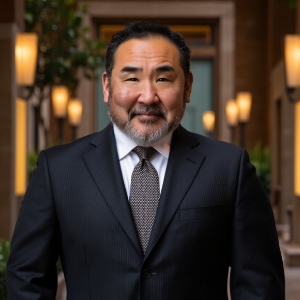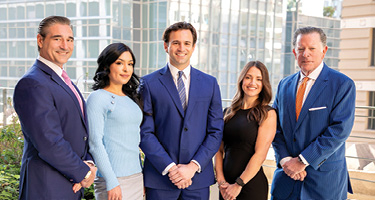Most people assume that if they were partially at fault for an accident, they cannot pursue compensation. In California, that is simply not true. California uses a pure comparative negligence system, meaning injury victims can still recover damages even if they share responsibility.
Despite this, comparative negligence is one of the areas most often misunderstood. This guide breaks down how the rule works and how it impacts real cases.
1. What Is Pure Comparative Negligence?
Under California law, fault is divided by percentage.
If the injured person is partially responsible for an accident, their compensation is reduced by their percentage of fault.
Example:
If you are awarded $100,000 but found 25% at fault, you receive $75,000.
This applies to nearly all personal injury cases, including those handled by a car accident lawyer in Irvine, slip and fall accident lawyer in Irvine, or truck accident attorney in Orange County.
2. How Fault Is Assigned in Real Cases
Fault is determined through evidence such as:
Photos and videos
Police reports
Accident reconstruction
Witness statements
Surveillance footage
Property records
Vehicle black box data
Insurance companies aggressively use comparative negligence to reduce payouts — even when their arguments are weak.
3. Common Scenarios Involving Shared Fault
Vehicle Accidents
Both drivers making lane changes
Rear-end collisions with disputed speeds
Left-turn accidents
Distracted driving by multiple parties
Premises Liability
Poor lighting + distracted walking
Spills that were partially cleaned
Obstacles on the floor without warning signs
Victims with serious injuries may require help from a brain injury lawyer in Irvine to establish the medical consequences of shared-fault accidents.
4. Why Insurance Companies Overuse Comparative Negligence
Adjusters routinely claim:
You were “not paying attention”
You were “moving too quickly”
You “should have seen the hazard”
You were “partially responsible”
These statements are often untrue — but they reduce your claim value unless challenged by a personal injury law firm in Irvine experienced in comparative negligence disputes.
5. How a Lawyer Protects Your Case
An attorney can:
Challenge unfair fault assessments
Provide expert testimony
Reconstruct the accident
Present evidence of safety violations
Demonstrate why full liability belongs to the defendant
When the stakes are highest, such as in fatal accidents, families may need a wrongful death lawyer in Orange County to contest inaccurate fault assignments.
Conclusion
California’s comparative negligence system is designed to be fair, but insurers exploit it to reduce payouts. Understanding how shared fault works — and how to protect yourself — is critical to maximizing your recovery.















